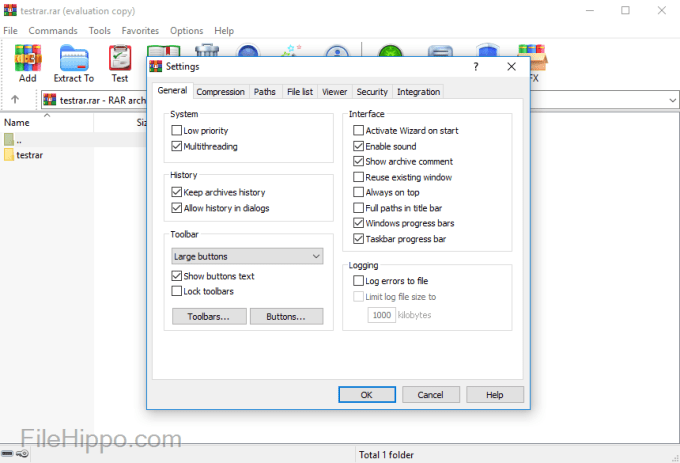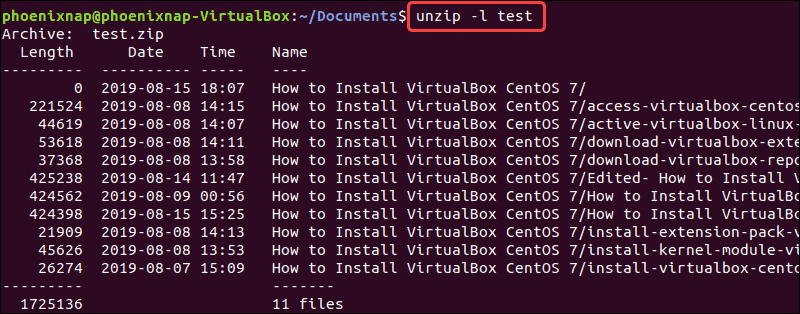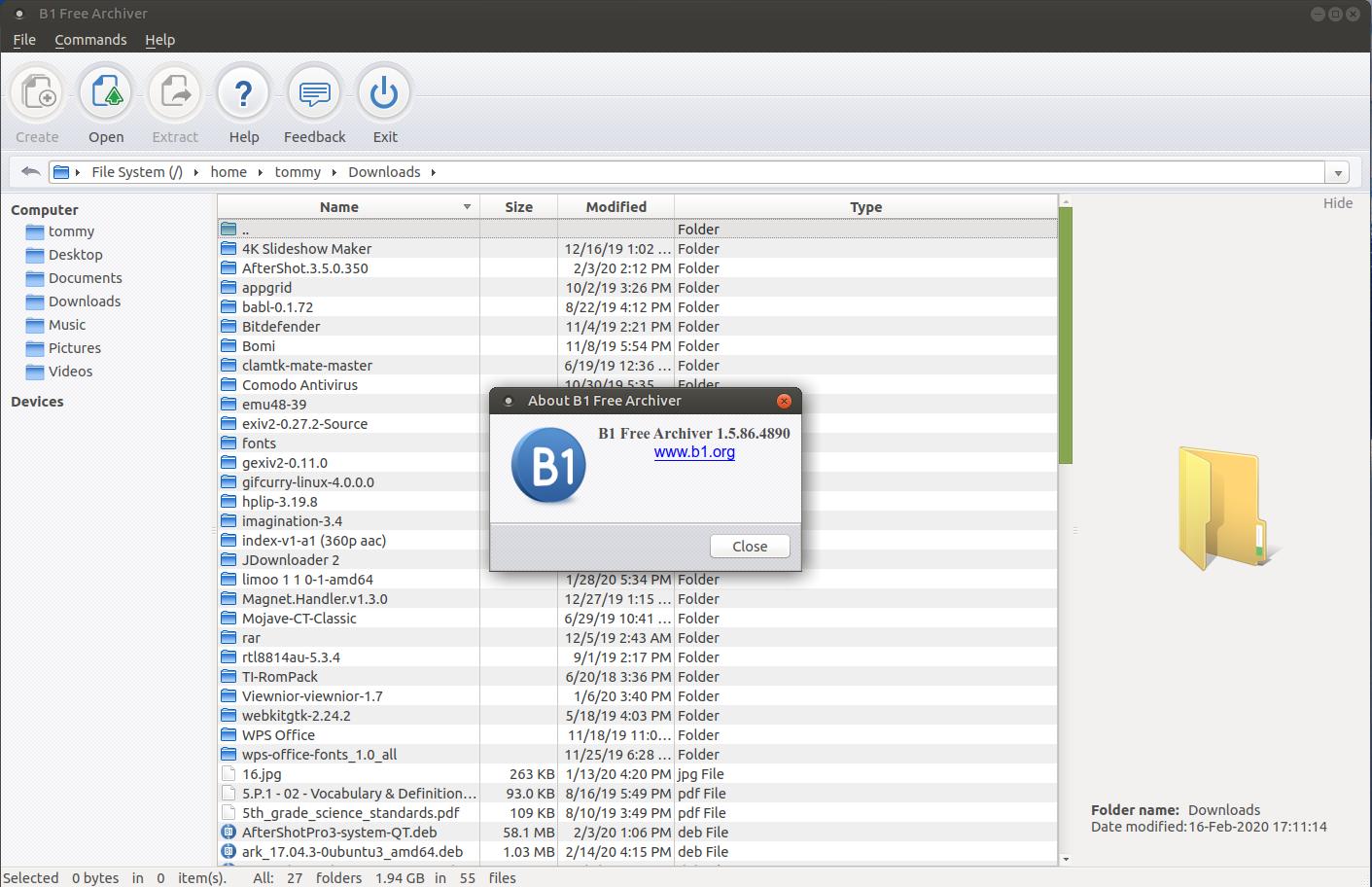

In Gnu / Linux we can find compressed files in the programs that the repositories send us, when we download the program packages and even when we install program packages, since the different package formats are still a type of compressed files that do not need any compressor program to run. The compressed files are in a different format than the original format and are not accessible by any program except the compressor program that will be in charge of decompressing in order to run and view the compressed files. Thus, compressed files are used and ideal for places where you need to save space. The compressed files are computer files that are characterized by occupying less space on the hard disk than the files are within these files.

5 Can this only be done with compressed files?.2 How to install compressors in Gnu / Linux?.Well, there are many ways to do, if you know any useful command or program to extract or copy files from ISO file do share us via comment section. Note: The redirection is needed as -x option extracts to stdout. Now you can extract a single file from an ISO image like so: $ isoinfo -i -x MD5SUM.TXT > MD5SUM.TXT The isoinfo command is used for directory listings of iso9660 images, but you can also use this program to extract files.Īs I said isoinfo program perform directory listing, so first list the content of ISO file.

Extract ISO Content Using isoinfo Command Note: As compared to Linux mount command, 7zip seems much faster and smart enough to pack or unpack any archive formats. Once 7zip program has been installed, you can use 7z command to extract ISO file contents. $ sudo apt-get install p7zip-full p7zip-rar If you don’t want to mount ISO file, you can simply install 7zip, is an open source archive program used to pack or unpack different number of formats including TAR, XZ, GZIP, ZIP, BZIP2, etc. Note: The -r option used to copy directories recursively, if you want you can also monitor progress of copy command. Now you can go inside the mounted directory ( /mnt/iso) and access the files or copy the files to /tmp directory using cp command. Once directory has been created, you can easily mount file and verify its content by running following command.


 0 kommentar(er)
0 kommentar(er)
